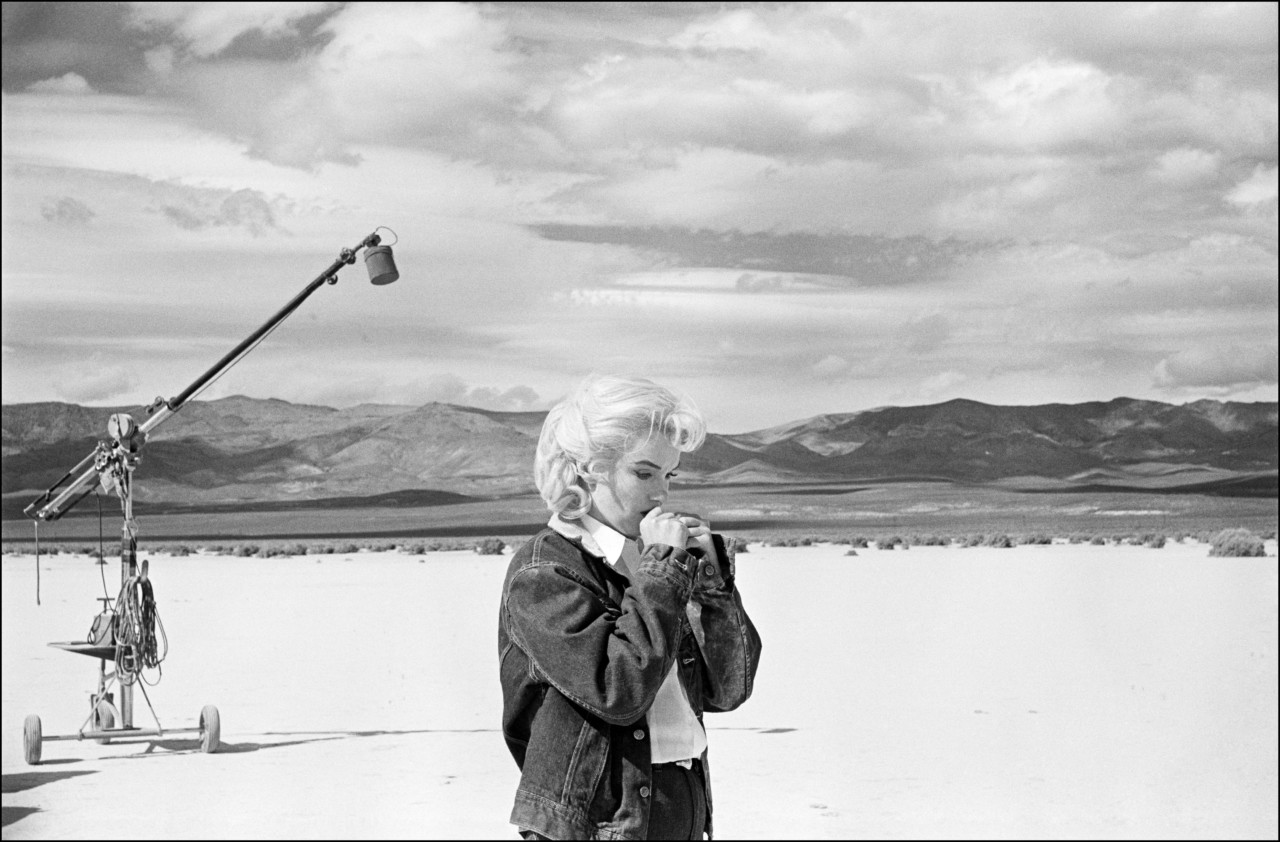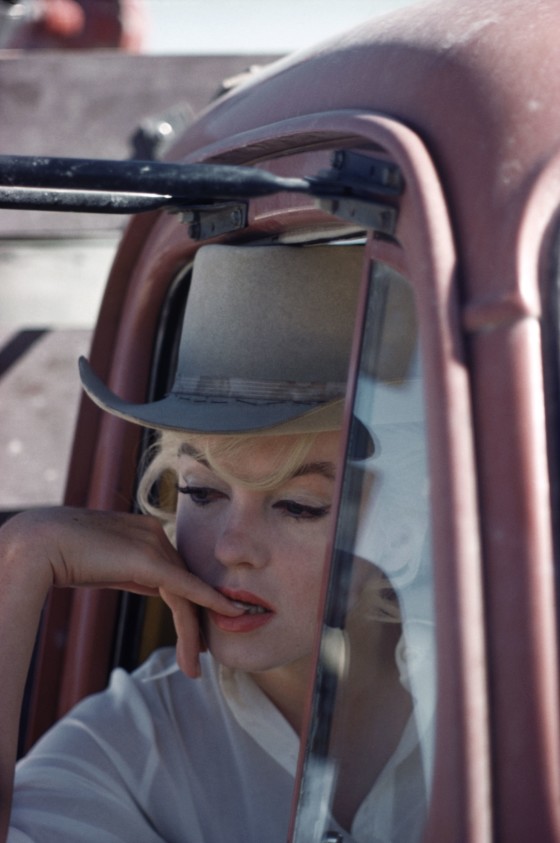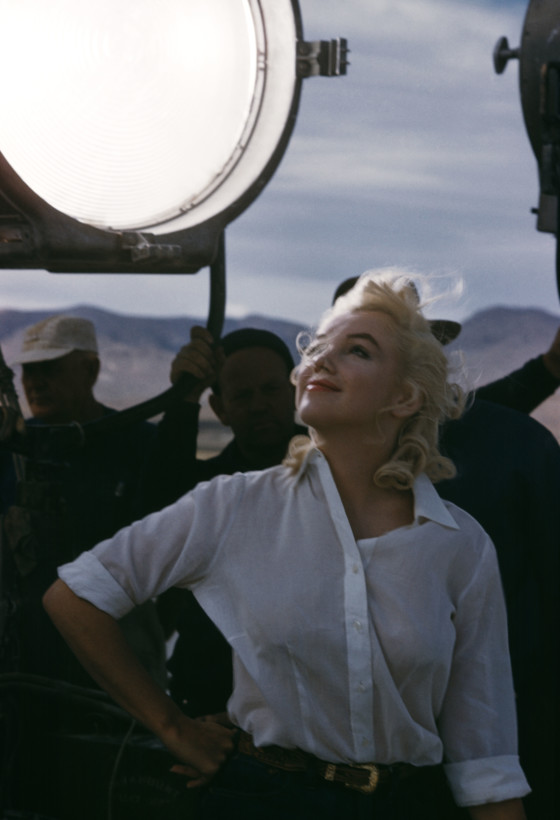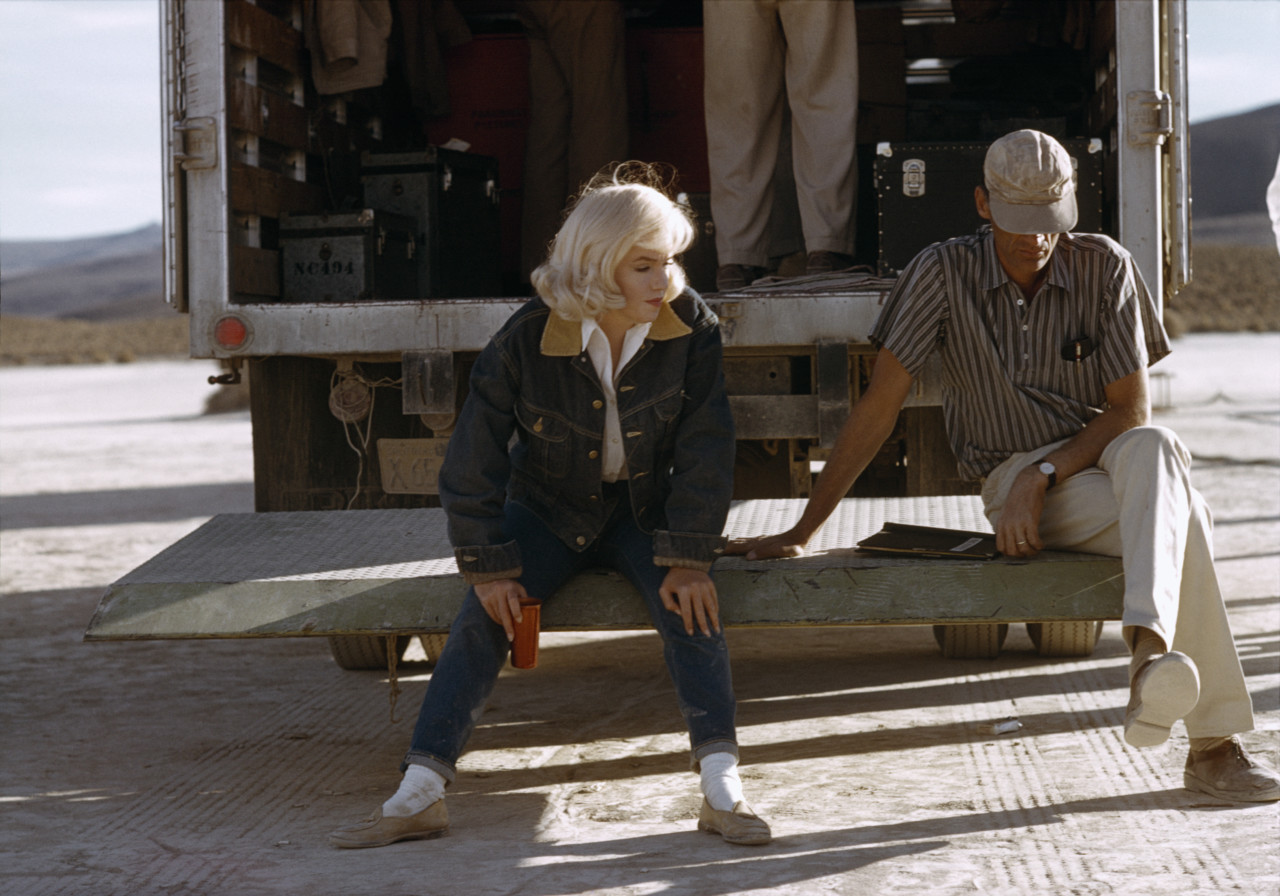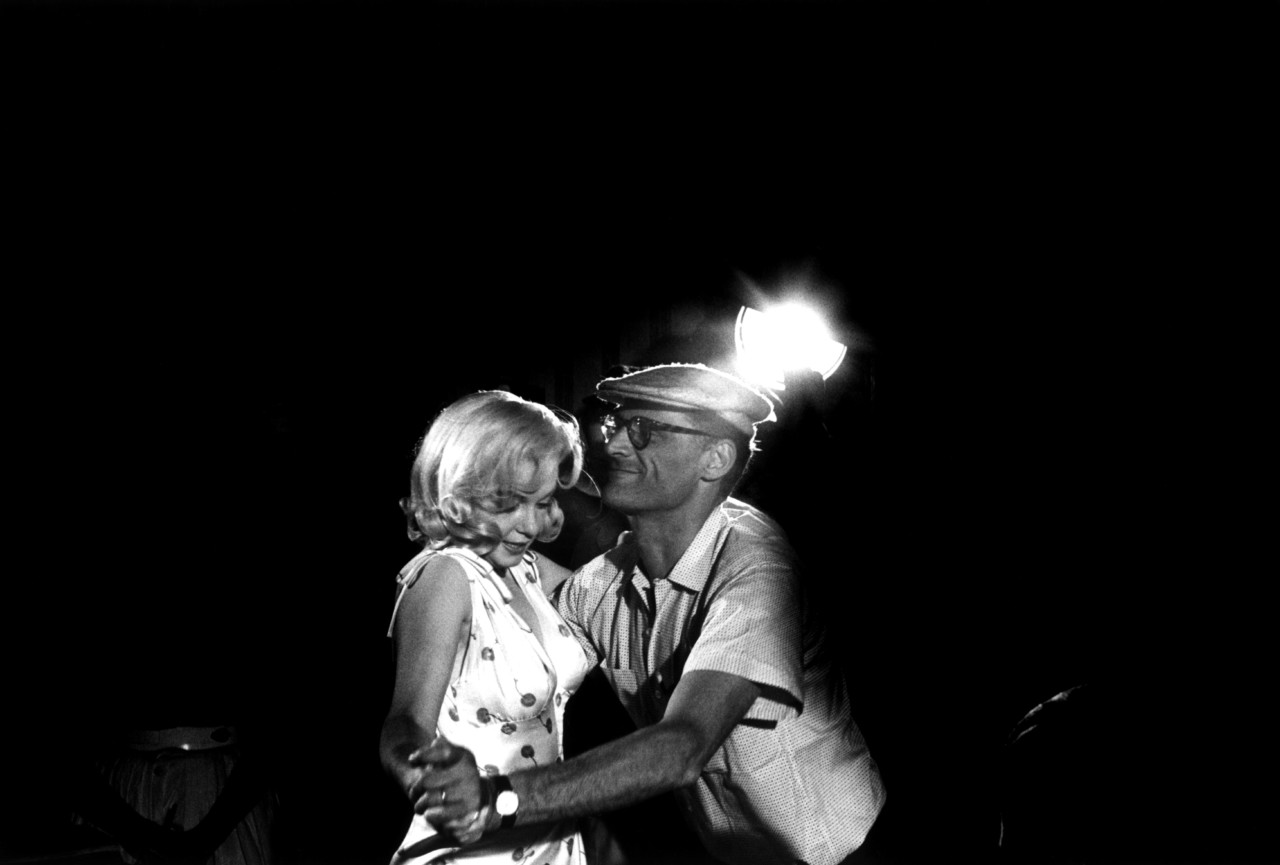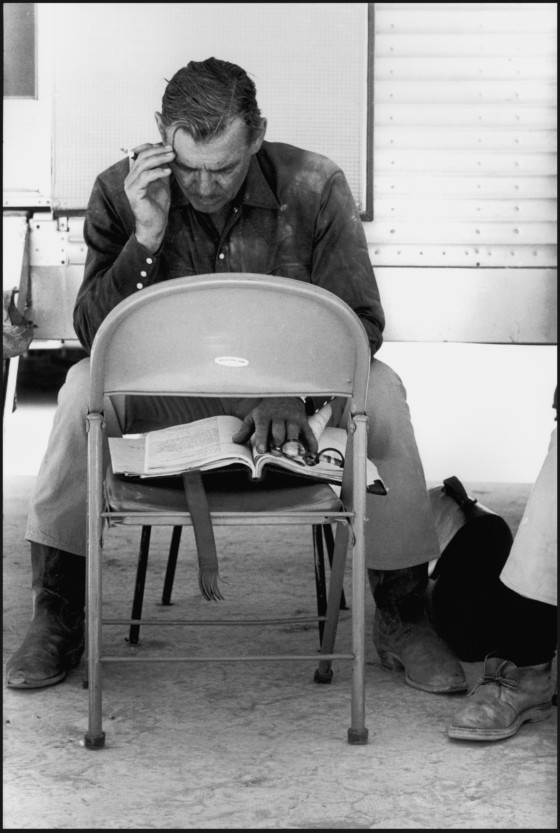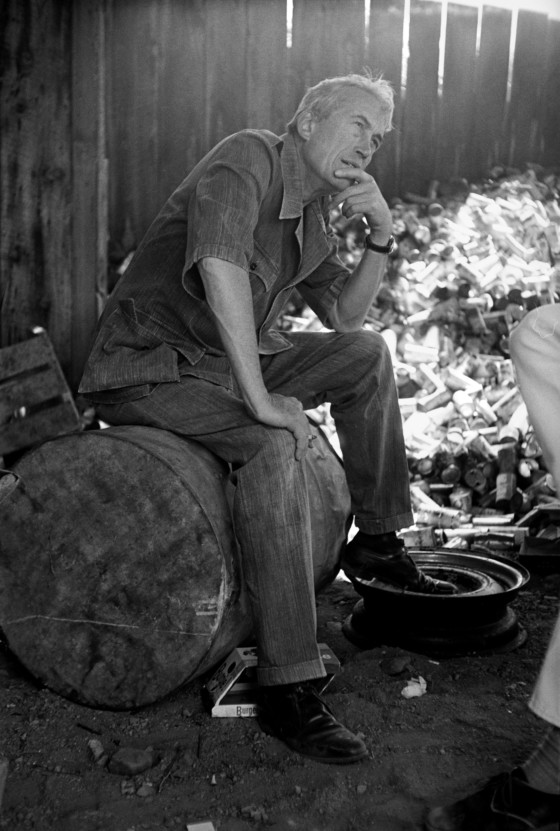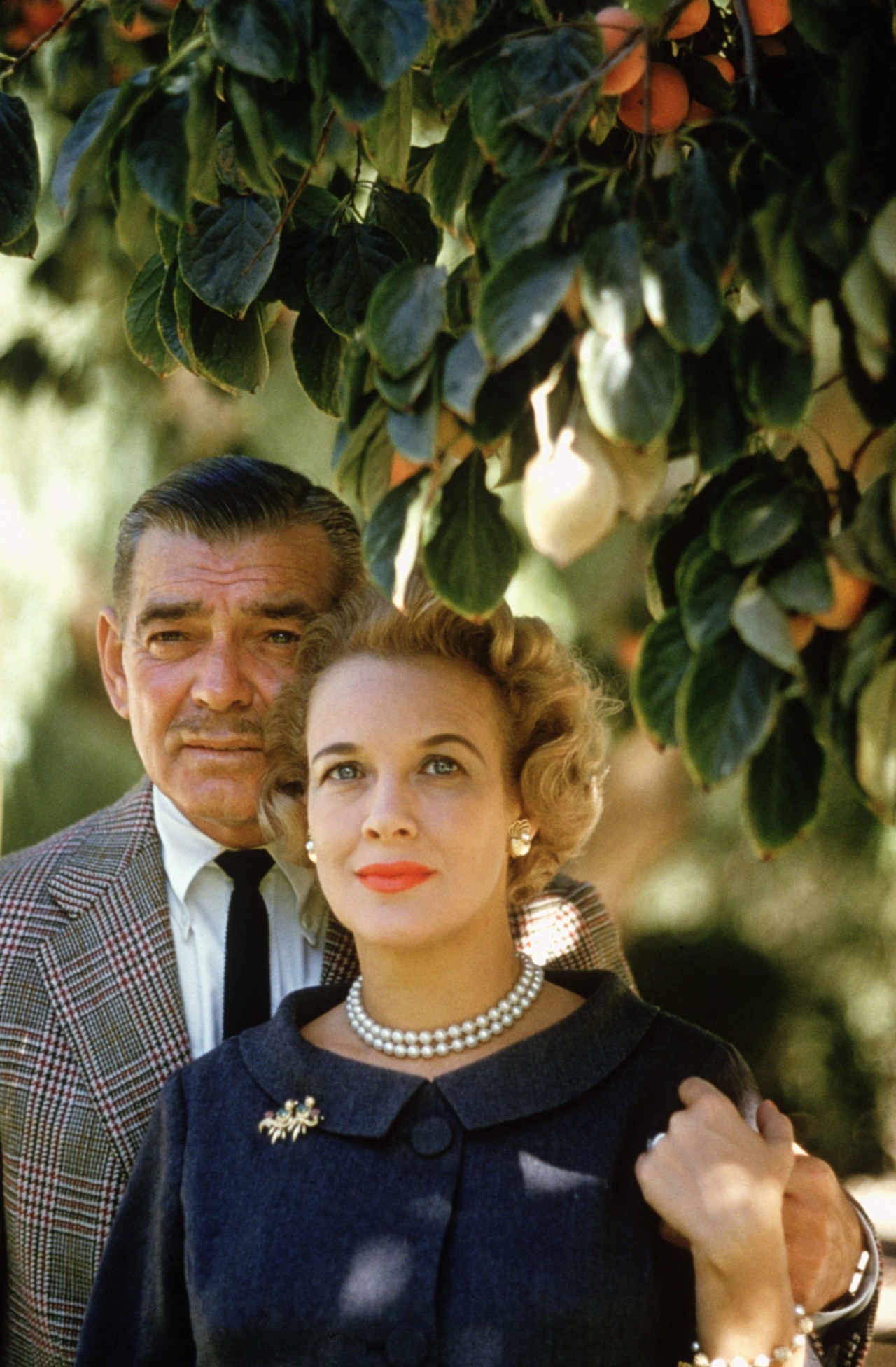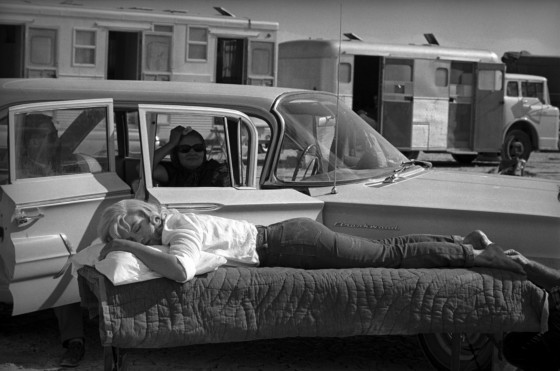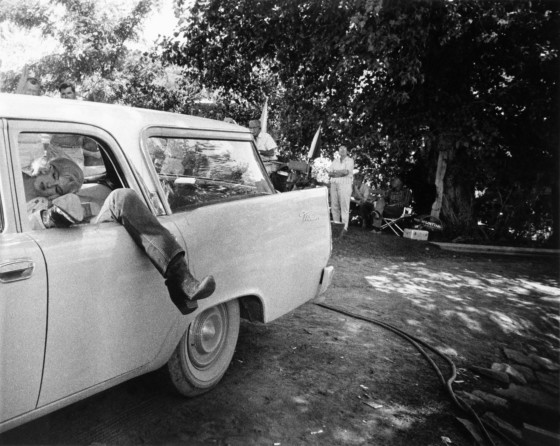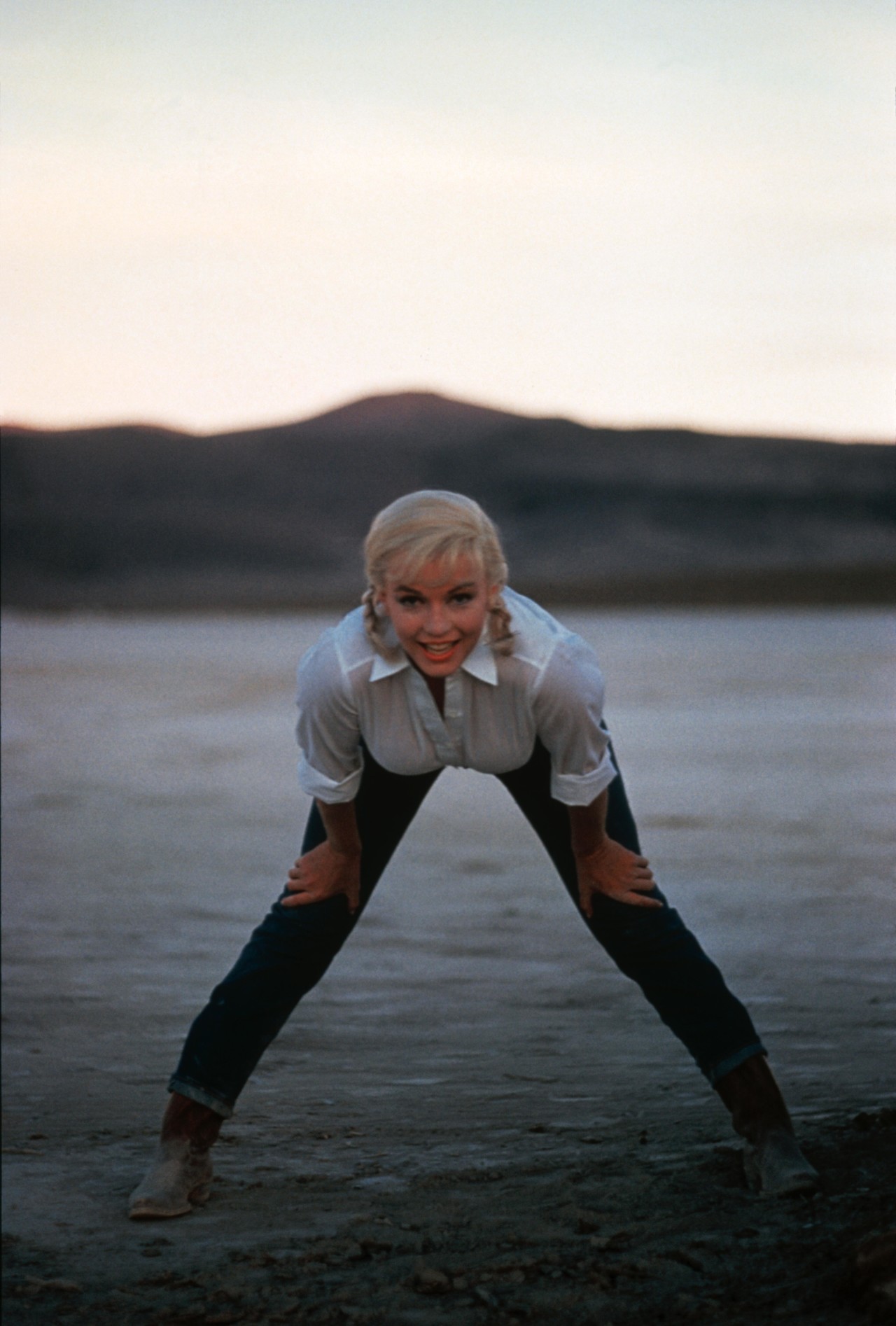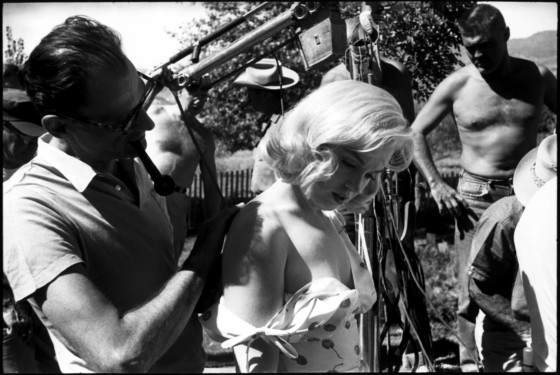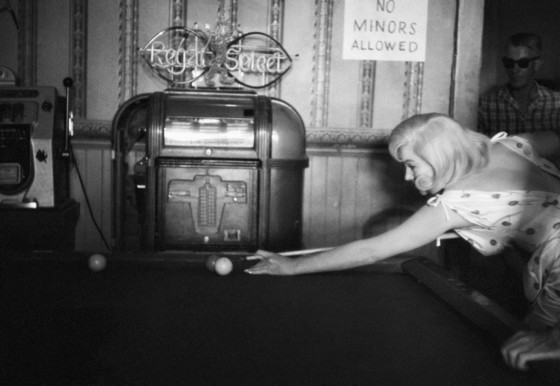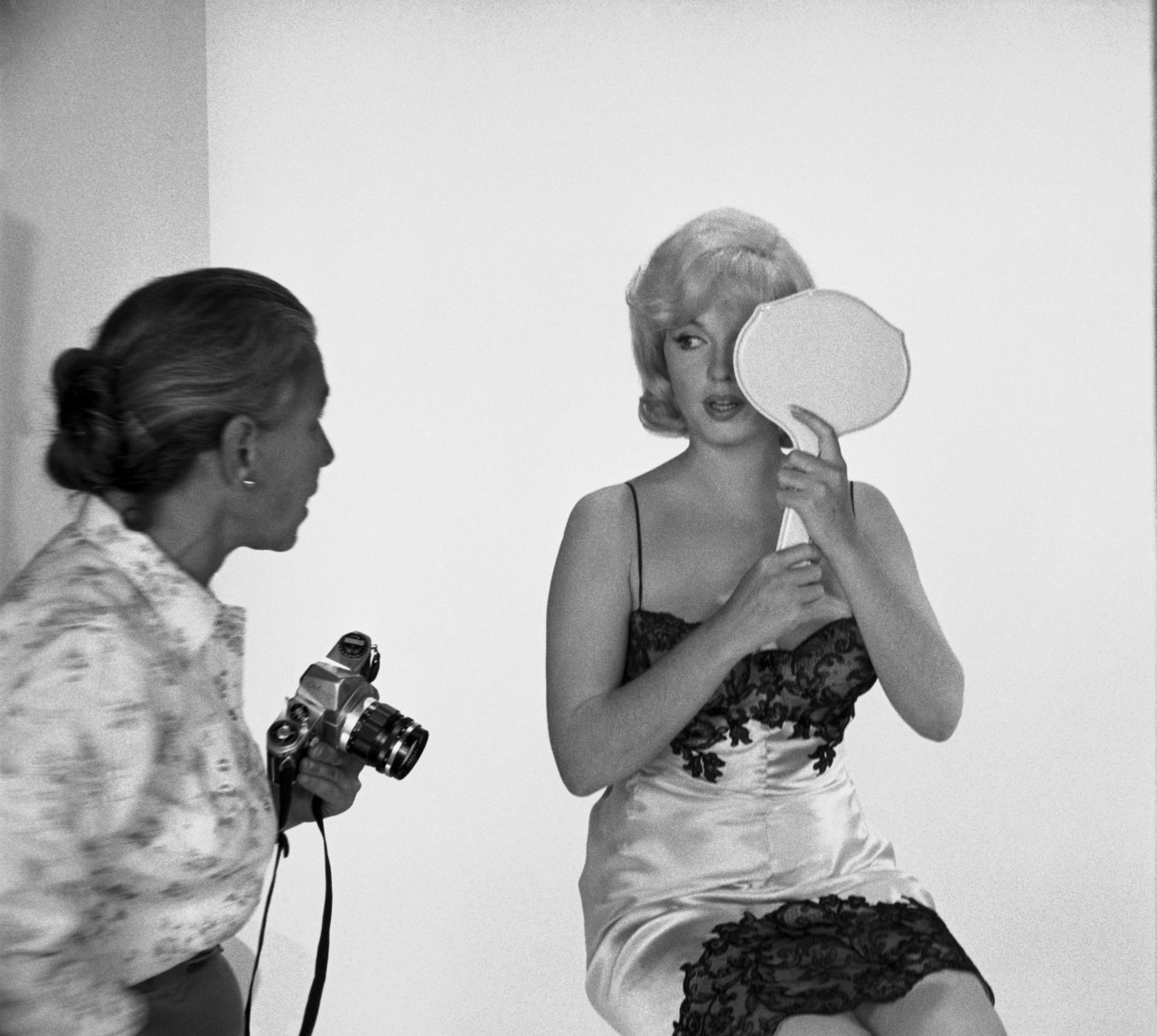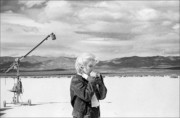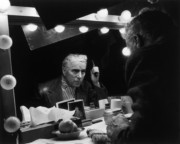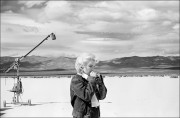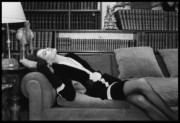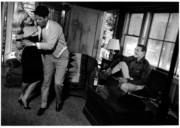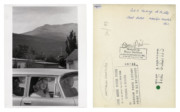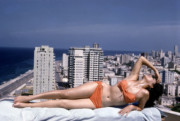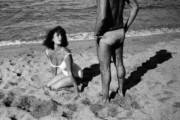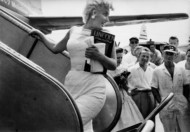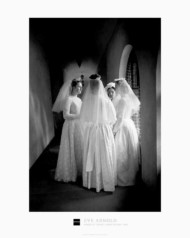Magnum on Set: The Misfits
Eve Arnold captured the troubled final cinematic outing for both Marilyn Monroe and co-star Clark Gable
Magnum photographers have, over more than seven decades, captured pivotal moments in popular culture as much as historic events and societal sea changes. Working behind the scenes on sets of many classic films, they have captured not only iconic stars at various stages of their careers, but also documented the changing nature of cinema and film production. Sets, equipment, and special effects that once seemed futuristic are, with the passing of time rendered disarmingly romantic.
Here, we look at Eve Arnold’s coverage of the making of The Misfits, a film that failed at the box office, in spite of its deeply troubled all-star cast – two of whom would never make another film.
You can see other stories in the Magnum On Set series, here.
A number of images Arnold made on the set of The Misfits are available as prints and posters on the Magnum Shop, here.
Eve Arnold didn’t know it at the time, but what she photographed on the set of 1961’s The Misfits was to be the last movie completed by Marilyn Monroe and her co-star Clark Gable. The film, an elegiac tale of divorce and aging cowboys, is tainted with sadness as Monroe’s swansong. She died of an overdose just a year after the film’s release.
By all accounts, The Misfits was a troubled production. Directed by John Huston from a script by Arthur Miller, it was shot in the blistering 107-degree heat of the Nevada desert. There was the breakdown of Monroe and Miller’s marriage to contend with. There was Huston’s drinking and gambling. There was Monroe’s descent into alcohol and prescription drug use, not to mention the fact she rarely showed up on time, if at all. Huston, in a Rolling Stone interview, later said he was “absolutely certain that she was doomed” during the production. Filming even halted for two weeks while she was hospitalized, reportedly for detox.
In her photographs, Arnold captures Monroe and Miller sitting on the back of a truck, her staring pensively at the ground. In another, Miller is showing her some dance moves for a scene. The photographer captures Gable – who died 12 days after production wrapped – with his wife, dressed formally and standing under an orange tree. Arnold followed the production from Reno to Dayton, from the Nevada desert to LA. Sometimes she was a fly on the wall, revealing an unseen side of these cultural icons. Other times she asked them to pose for her camera in-between takes.
Though it was both Monroe and Gable’s final film, it tanked at the box office. Only in recent decades has it garnered acclaim as a moody, monochrome story of loneliness in the West, with the Guardian dubbing it a “melancholy drama that pulses with sadness and symbolism”. Like the mournful tone of the film, Arnold’s pictures carry an unintended emotional weight, the story behind the production – Monroe’s tortured soul – as intriguing and stirring as the film itself.


